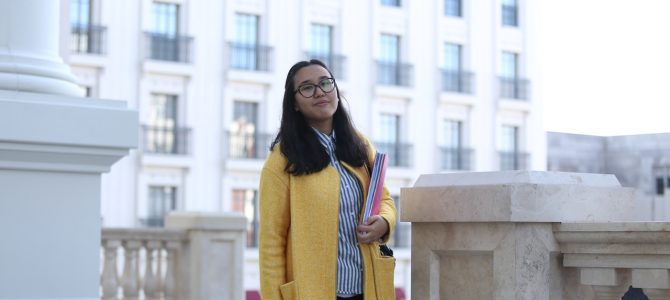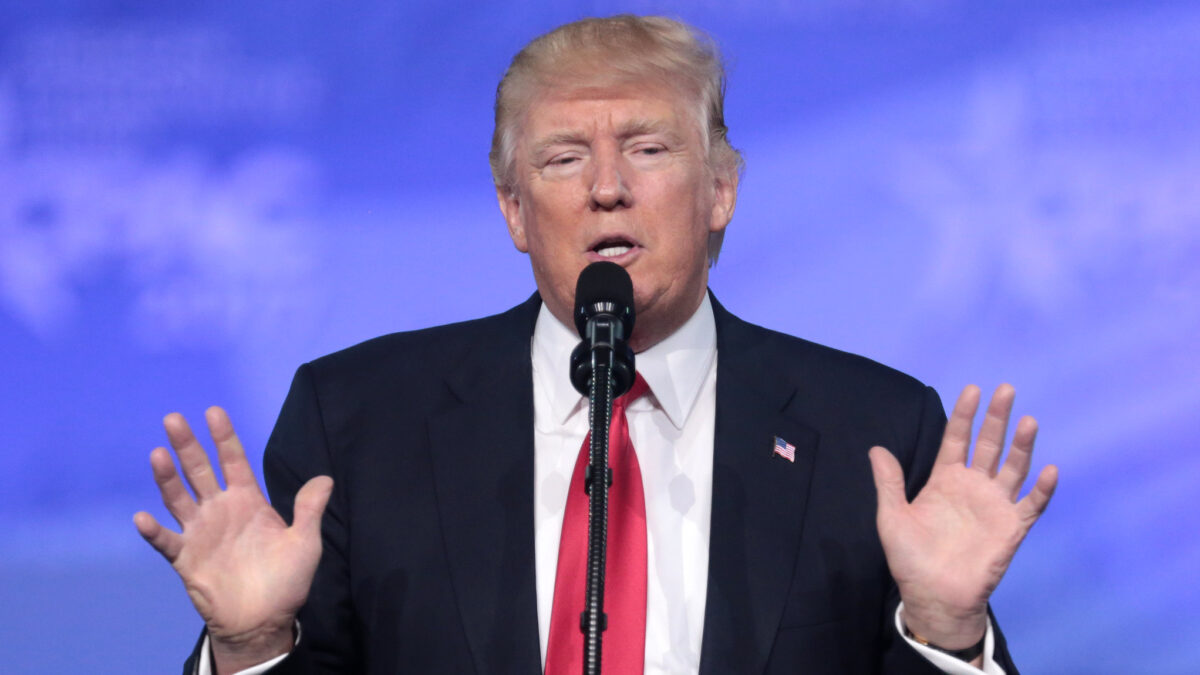
The first Republican president to be elected during the age of millennial voters has met widespread outcry from this demographic, yet a freer market is exactly what millennials claim they want in education.
The Center for Information and Research on Civic Learning and Engagement found that 55 percent of 18-29 year olds voted Democrat in 2016. Their vote share for Donald Trump was one of the lowest a Republican candidate has received from younger voters since the 1970s, and 8 percent of voters aged 18-29 voted for a third-party candidate.
Yet millennials’ voting records do not match their education polling results. A national poll recently published by EdChoice found that when asked what school they would select to obtain the best education for their child, a plurality of 43 percent of millennials would choose a private school, versus 28 percent who would choose a regular public school. The choice to homeschool was the next most popular, garnering 13 percent of respondents’ votes. Eight percent of millennials put a charter school as their first choice.
A breakout poll from the Schooling in America survey project found millennials rated their local private schools higher than local public schools. Seventy-four percent of those surveyed gave an A or B rating to their local private or parochial school versus 41 percent giving a similar rating to local public schools.
“Parents have a variety of reasons for preferring and choosing private schools,” said Joe McTighe, executive director of the Council on American Private Education. “Religious and independent schools offer an education that… challenges the child, fits the child’s learning style, instills a love of learning, develops moral character and a religious worldview, prepares the child for college and career, educates the whole child, provides individual attention.”
A wave of hopeful press by reform advocates followed these October poll results, but the question remains whether millennials’ voices will match their votes in supporting school choice policy at the state level, where it is most impactful.
Trump’s recent choice for secretary of education, philanthropist Betsy DeVos, may break ground with her school choice advocacy, which makes private schooling more affordable for millennial parents who feel it is just out of reach. But the media is having a field day with DeVos’ limited experience in the public education arena, missing the boat on the choice experience she brings to the table.
Uneducated about Education
Researcher Matt Ladner has been studying school choice for more than a decade.
“Millennials have more recent experience with the K-12 system than either Gen Xers like myself or Baby Boomers and older, and the survey results show that they clearly want more choice in the system,” Ladner said.
Although a plurality of parents, including millennial parents, would prefer a private school for their children, 83 percent of American school children attend public school. So enrollment preferences have a “glaring disconnect with actual school enrollment patterns,” according to the EdChoice poll.
Not exercising their vote to support school choice may mean millennials are contributing to this tension between what they want and what they’re getting from public education. Overall, more Republican legislators support forms of school choice such as tax-credit scholarships, vouchers, and education savings accounts than do their Democrat counterparts, who nonetheless garner the majority of millennials’ votes.
Some of this disconnect may be due to millennials’ lack of knowledge about public school spending, said EdChoice pollster Paul DiPerna. He and his colleagues gave half the millennial respondents a question about whether they think public education spending is too high, too low, or about right. They were given no other information. The other half of millennials polled were informed of the most recent federal per-student spending figures.
“We wanted to see if that statistic affected attitudes about K-12 education funding,” DiPerna said. It did. Millennials place a high priority on education spending, but the majority do not know how much is spent on their local public schools (the national average is nearly $13,000 per child, per year). The half who were given information about government K-12 spending were significantly less likely to say spending is “too low.” Fifty-five percent of uninformed poll respondents thought public school spending was “too low,” but only 37 percent of those informed about spending thought the same.
The Public Funding Fight Between Boomers and Millennials
The catch is that policymakers who clamor for more spending on traditional government schools more easily gain support based on millennials’ spending ignorance.
“Savings to states has been one of the driving forces behind some school choice initiatives,” McTighe said. “States are realizing they can get at least comparable, if not better, results at less cost per student. Not only does choice lighten the enrollment load on local public schools, it also eases the burden on taxpayers. I think the public would be even more supportive of choice if they better understood the ‘more for less’ message.”
The survey results show that Baby Boomers think taxpayer spending on health care is more important than taxpayer spending on education, but millennials have precisely the opposite priorities, both reflecting which parts of government spending these demographics chiefly use.
“These poll results foreshadow a huge looming conflict in state budgets between health and education. American states continually threw increasing amounts of funding at the K-12 system over most of the last 50 years, but now find themselves unable to do so as public health costs spiral,” Ladner said. “Greater flexibility in spending can produce better K-12 outcomes at a lower cost, producing more value for students, taxpayers, and society at large. We need to accelerate this trend with dispatch.”
Choice, Charters, ESAs
While millennials expressed general dissatisfaction with charter schools, widespread support of another state-funded education choice option proved popular in the poll.
Education savings accounts, or ESAs, were first implemented about five years ago in Arizona and to five states by 2015, with several other considering related legislation this year. The accounts allow parents who opt out of public education to access a portion of their child’s public school funding to customize an individualized learning experience through approved purchases of therapy, textbooks, curriculum, courses, college savings, or private school tuition. It’s like a voucher that parents can spend on several different education opportunities rather than having to turn it all over to one school each year for its entire education package.
“Millennials have exercised an abundance of choice in their commercial lives, from their coffee to their viewing habits,” Ladner said. “Millennials find customization in most aspects of life, but a public school system that remains dominated by big-box schools that try but often fail to be all things to everyone. Education savings accounts represent the ultimate in individualized education because they allow parents to utilize multiple service providers (schools of all types, certified tutors, colleges, online programs) and give parents control down to the last penny.”
Fifty-seven percent of millennials expressed support for ESAs in the poll, compared to opposition from 21 percent. Among millennials who were parents, 72 percent supported the idea.
‘Vote Your Values’
“Many of my peers seem to firmly believe that it is important to send their children to public school and to be involved in the local school systems in order to support and develop those programs,” says Marion Handley, a millennial parent of four who homeschools one of her school-aged children and sends the other to private school. “Affording private school is a significant concern for millennials.”
Handley’s family affords private school for her daughter by cutting back on other expenses, but “we will have to evaluate annually whether my daughter can continue, especially if either of my younger children will need to be schooled outside our home. It would not be possible for us to send multiple children to private school at the same time.”
While the majority of millennials voted for Democratic candidate Hillary Clinton, even more significant was the percentage that didn’t go the polls at all. It remains to be seen whether millennials will begin to demand at the ballot box that public education opportunities begin to fit their preferences.
“The most recent election was an anomaly in that neither of the two main party candidates was especially inspiring,” McTighe said. “Nevertheless, parents need to vote their values if they are to secure an education that truly fits the needs of their children.”









